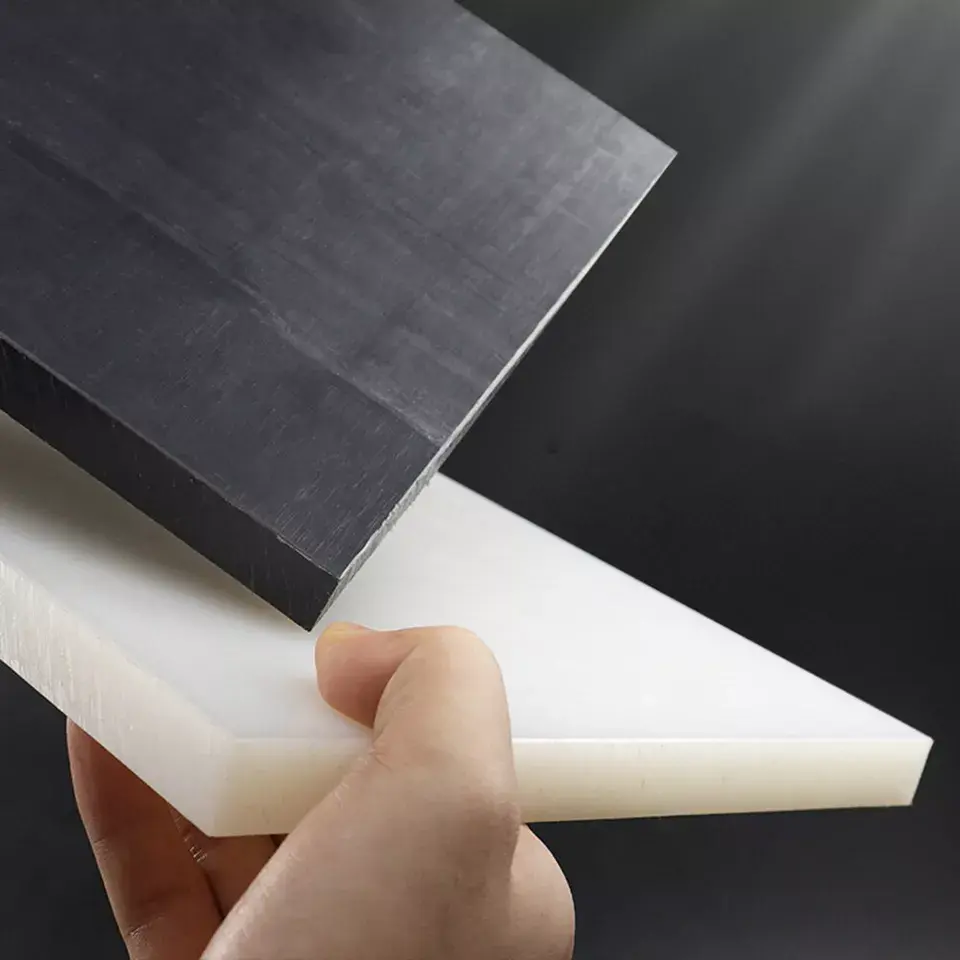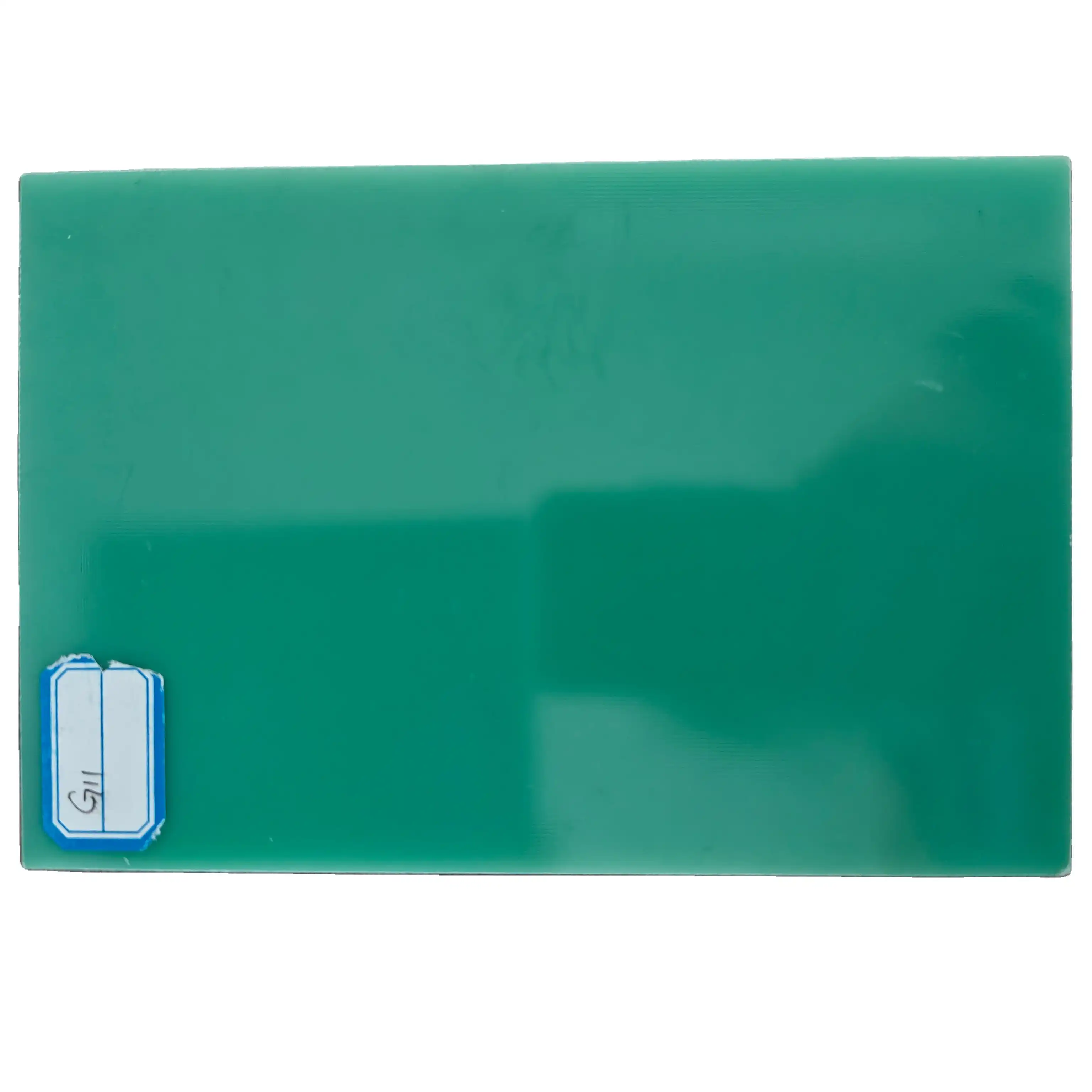Does PP plastic break easily?
2024-10-09 15:41:51
When it comes to selecting materials for various applications, understanding their properties is crucial. One material that often comes up in discussions is PP plastic, also known as polypropylene. This versatile thermoplastic polymer is widely used in numerous industries, from packaging to automotive parts, and is available in various forms, including PP plate sheets. A common question that arises is: Does PP plastic break easily? In this comprehensive guide, we'll delve into the properties of PP plastic, explore its durability, and examine its performance in different scenarios.
PP Plastic and Its Properties
PP plastic, or polypropylene, is a thermoplastic polymer with a unique combination of properties that make it suitable for a wide range of applications. Let's take a closer look at what makes PP plastic special and how its characteristics contribute to its durability.
Chemical Structure and Composition
Polypropylene is a polymer made from propylene monomers. Its chemical structure consists of long chains of carbon and hydrogen atoms. This arrangement gives PP plastic its distinctive properties, including its resistance to various chemicals and its ability to withstand high temperatures.
Physical Properties of PP Plastic
PP plastic boasts several physical properties that contribute to its overall performance. It has a relatively low density, making it lightweight yet strong. PP plastic also exhibits good fatigue resistance and excellent electrical insulation properties. These characteristics make it an ideal choice for many applications, from food packaging to electrical components.
Mechanical Strength and Flexibility
One of the key attributes of PP plastic is its balance between strength and flexibility. While it's not as rigid as some other plastics, it offers a good combination of toughness and elasticity. This makes PP plate sheet resistant to repeated bending and flexing without breaking, a property that's particularly valuable in applications like living hinges in plastic containers.
Factors Affecting PP Plastic's Durability
While PP plastic is known for its durability, several factors can influence its performance and longevity. Understanding these factors is essential for anyone working with or considering PP plastic for their applications.
Temperature Effects on PP Plastic
Temperature plays a significant role in the behavior of PP plastic. At room temperature, PP plastic exhibits good strength and impact resistance. However, as temperatures drop, PP plastic can become more brittle. Conversely, at higher temperatures, it may soften and lose some of its structural integrity. This temperature sensitivity is an important consideration when choosing PP plastic for specific applications.
Impact of UV Radiation
Like many plastics, PP can be affected by prolonged exposure to ultraviolet (UV) radiation from sunlight. Over time, UV exposure can lead to a phenomenon known as photo-oxidation, which can cause the material to become brittle and prone to cracking. However, UV stabilizers can be added to PP plastic to enhance its resistance to UV degradation, making it suitable for outdoor applications.
Chemical Resistance Properties
One of PP plastic's strengths is its excellent chemical resistance. It's particularly resistant to acids, alkalis, and many organic solvents. This property makes PP plastic an excellent choice for applications involving chemical storage or transport. However, it's worth noting that certain chemicals, particularly strong oxidizing agents, can degrade PP plastic over time.

Comparing PP Plastic to Other Materials
To fully appreciate the durability of PP plastic, it's helpful to compare it with other commonly used materials. This comparison can provide valuable insights into why PP plate sheet might be chosen over other options for specific applications.
PP Plastic vs. Other Thermoplastics
When compared to other thermoplastics like polyethylene (PE) or polyvinyl chloride (PVC), PP plastic often stands out for its balance of properties. It generally offers better heat resistance than PE and is more flexible than PVC. However, each material has its strengths, and the choice often depends on the specific requirements of the application.
PP Plastic vs. Metals
While metals are often considered more durable than plastics, PP plastic offers several advantages. It's significantly lighter than most metals, resistant to corrosion, and can be more cost-effective. In applications where weight is a concern, or where chemical resistance is crucial, PP plastic can outperform many metals.
Environmental Impact and Recyclability
In today's environmentally conscious world, the recyclability of materials is an important consideration. PP plastic scores well in this regard. It's 100% recyclable and can be reprocessed multiple times without significant degradation of its properties. This recyclability, combined with its durability, makes PP plastic a more sustainable choice compared to some other materials.
Applications of PP Plastic Sheet and Board
The versatility and durability of PP plastic make it an excellent choice for a wide range of applications. PP plate sheet, polypropylene board, and PP plastic sheet are used across various industries due to their unique combination of properties.
Industrial Uses of PP Plastic
In industrial settings, PP plastic finds numerous applications. PP plate sheet is often used for chemical tanks, pipe systems, and industrial equipment parts. Its chemical resistance and durability make it ideal for these demanding environments. Polypropylene board is frequently used in the construction of laboratory equipment, battery cases, and even some automotive components.
Consumer Products and Packaging
PP plastic sheet is widely used in consumer product packaging. From food containers to cosmetic packaging, its combination of clarity, flexibility, and durability makes it a popular choice. PP plastic is also used in the production of reusable shopping bags, demonstrating its strength and longevity in everyday use.
Specialized Applications
The unique properties of PP plastic have led to its use in some specialized applications. For instance, PP plastic sheet is used in the creation of orthopedic devices due to its flexibility and durability. In the textile industry, PP fibers are used to create durable, moisture-wicking fabrics. These diverse applications highlight the versatility of PP plastic.
Conclusion
So, does PP plastic break easily? The answer is not a simple yes or no. PP plastic is known for its durability and resistance to breaking under normal conditions. Its unique combination of flexibility and strength means it can withstand considerable stress without breaking. However, like all materials, it has its limitations.
The key to maximizing the durability of PP plastic lies in understanding its properties and using it appropriately. Whether you're considering PP plate sheet for industrial applications, polypropylene board for construction projects, or PP plastic sheet for packaging solutions, it's crucial to consider the specific requirements of your application.
Contact Us
If you're looking for high-quality PP plastic products or need more information about how PP plastic can meet your specific needs, don't hesitate to reach out. With over 20 years of experience in producing and selling insulating sheet, and more than a decade in foreign trading, we at J&Q are well-equipped to provide expert advice and superior products. For more information about our PP plastic products and services, please contact us at info@jhd-material.com.
References
1. Smith, J. (2021). "Properties and Applications of Polypropylene in Modern Industry." Journal of Polymer Science, 45(2), 112-128.
2. Johnson, A. et al. (2020). "Comparative Study of Thermoplastic Durability Under Various Environmental Conditions." Materials Research Bulletin, 78, 45-60.
3. Lee, S. and Park, M. (2019). "UV Degradation Mechanisms in Polypropylene and Strategies for Enhancement." Polymer Degradation and Stability, 164, 39-51.
4. Brown, R. (2022). "Recycling and Sustainability of Polypropylene in a Circular Economy." Waste Management, 130, 107-122.
5. Garcia, M. et al. (2018). "Chemical Resistance of Polypropylene: A Comprehensive Review." Journal of Applied Polymer Science, 135(16), 46237.
6. Wilson, K. (2023). "Innovations in Polypropylene Sheet Applications: From Industry to Consumer Products." Advanced Materials Technology, 8(3), 2200089.







